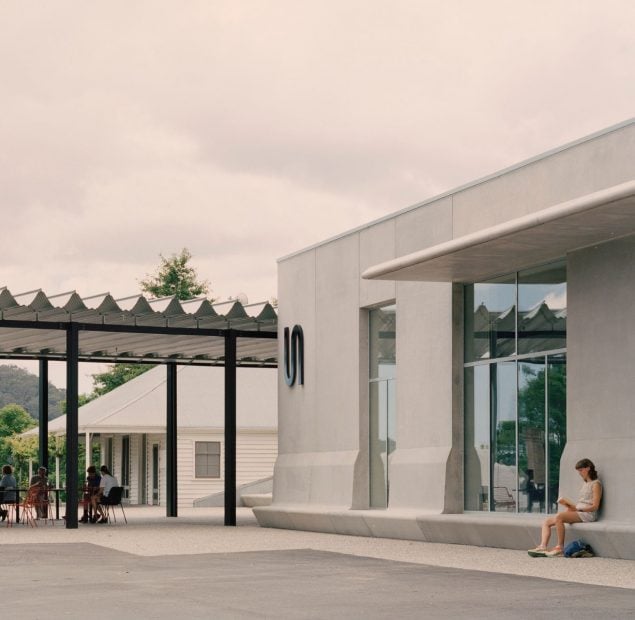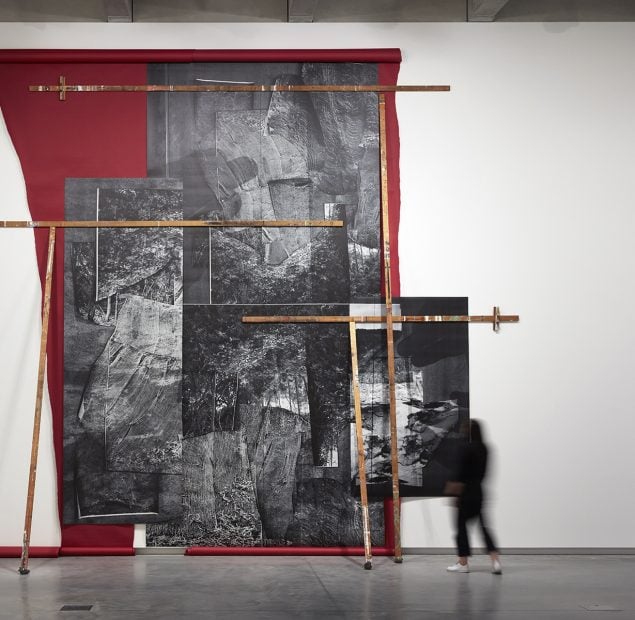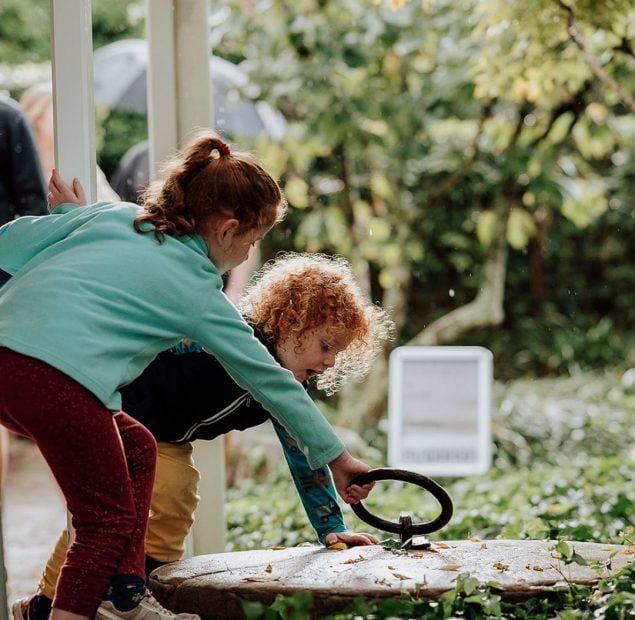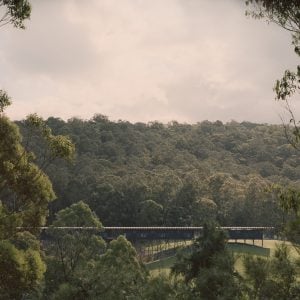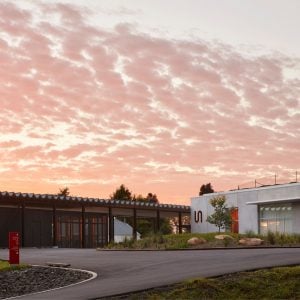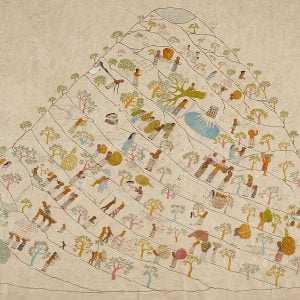This exhibition is a celebration of the creative expression of four generations of women from the Boyd family. It showcases a selection of oil paintings, watercolours and ceramics from the Bundanon Collection.
This exhibition celebrated the creative expression of four generations of women from the Boyd family.
The Boyd women, like the men, have been nurtured by the naturally creative environment found within this family. The women have also played a major role in creating this environment both by providing the inspiration and the setting within which to work.
Emma Minnie (1858-1936) and Arthur Merric Boyd were the foundation of the Boyd artistic dynasty. Emma Minnie and Arthur Merric were married in 1886. With the financial support of Emma’s parents, both established amateur careers as painters. Emma Minnie exhibited in Melbourne from the 1880s to the early years of the twentieth century and was represented at the Royal Academy, London.
Emma Minnie primarily a watercolourist was encouraged by her mother’s serious interest in her artistic development and spent six years studying painting at the National Gallery of Victoria School. Inspired by the life around her, Emma Minnie’s subject matter ranged from landscapes to domestic interiors and scenes from everyday life. Emma Minnie was a deeply religious woman and her art was seen as a way of celebrating God’s natural world. The strong expression of her faith in her life influenced her children and grandchildren.
Doris Boyd (1889-1960) studied at the National Gallery of Victoria School and was a painter when she married Merric, Emma Minnie’s son, in 1915. Doris worked in partnership with Merric decorating many of his ceramic works while continuing her own painting.
Doris’s quiet strength made her the backbone of the Open Country family. She was a strong supporter of the young painters and writers who visited and also of her own children who all pursued their own careers in the arts.
Yvonne Boyd (b.1920 nee Lennie) met Arthur in 1940, while attending drawing classes conducted by the Commercial Artist’s Association. They were married in 1945.
Her early 1940s paintings including Melbourne tram, 1944, and In Kensington, c1944, show Yvonne’s interest in social realism. She used her works as a vehicle for commenting on the condition of the less privileged in society.
Yvonne abandoned the visual arts in favour of writing and contributed to the Contemporary Art Society journal from London in the early 1960s.
Yvonne and Doris have also held the important role of informal business managers for their artist husbands allowing their husbands to continue their artistic endeavour. Doris was responsible for selling much of the pottery that was produced at Open Country while Yvonne was in charge of the majority of communications with art dealers, galleries and the public during Arthur Boyd’s successful career.
The ceramic works of two women of the third generation of Boyd’s is represented in this exhibition by Lucy Beck (b.1958 nee Boyd), the first child of Doris, and Hermia Boyd (1931-2000) who married David Boyd, Doris’ fourth child. Both women formed creative and productive working partnerships with their husbands.
A fourth generation of Boyd women have been inspired to paint and in this exhibition are represented by Arthur Boyd’s two daughters Polly and Lucy and Celia Perceval the daughter of Mary Nolan (nee Boyd) and artist John Perceval. These women continue the Boyd family’s artistic tradition.

